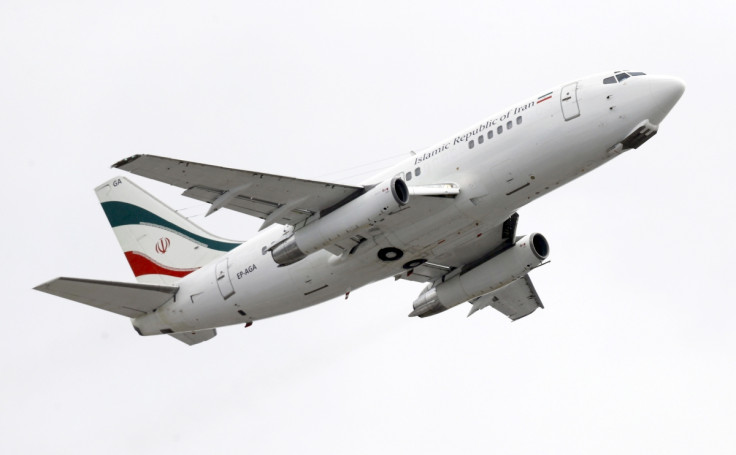Iran finalises purchase of 114 Airbus planes but wants 400 more passenger jets

Iran is aggressively pursuing to buy up to 500 passenger jets in the coming years as Tehran, which recently came out of economic clampdown, finalises a deal to buy 114 jets Airbus planes. Iran is expected to sign the deal with Airbus when President Hassan Rouhani visits France on 27 January.
Iran, which has one of world's oldest plane fleets, is in dire need of modernising its ageing aircraft. Recent lifting of economic sanctions has allowed Iran to unleash a wave of aircraft deals – some of them are thought to be in final stages.
"We have been negotiating for 10 months," Tehran's Transport Minister Abbas Akhoundi said referring to the talks with Airbus. He added, according to Iranian media, that final agreement "will be signed between Iran Air and Airbus" during Rouhani's European visit.
The average age of flights operated by the country's flagship carrier Iran Air is 25-27 years, according to industry experts. Tehran's other airlines, such as ATA Airlines and Mahan Air, are also suffering from similar problems of ageing fleets and shortage of parts.
"We need 400 long- and mid-range and 100 short-range planes," the Iranian minister added. Of the 250-odd planes Iran possesses, only 150 are currently operational, said Akhoundi. Following the successful implementation of a deal with Airbus, the first set of new jetliners is expected to reach Iran in March 2016.
Iran is also thought to be in talks with the American plane manufacturer Boeing for more aircraft, but the negotiations have so far yielded no results as yet. "We would like to have new contracts and serve them immediately and make up for the losses that we suffered from in the past," said Iranian lawmaker Mahdi Hashemi, who is the chief of parliament's development commission.
Besides the desperate requirement of newer and revamped aircraft, Iranian airports also ask for a facelift – which will be worth $250m (£175m, €231.5m). A recent report released by airline consultancy OAG Aviation Worldwide said: "Decades of sanctions have affected a carrier's ability to source spare parts and new aircraft, resulting in an average fleet age of 22 years for Iranian airline – twice the international average."
© Copyright IBTimes 2024. All rights reserved.






